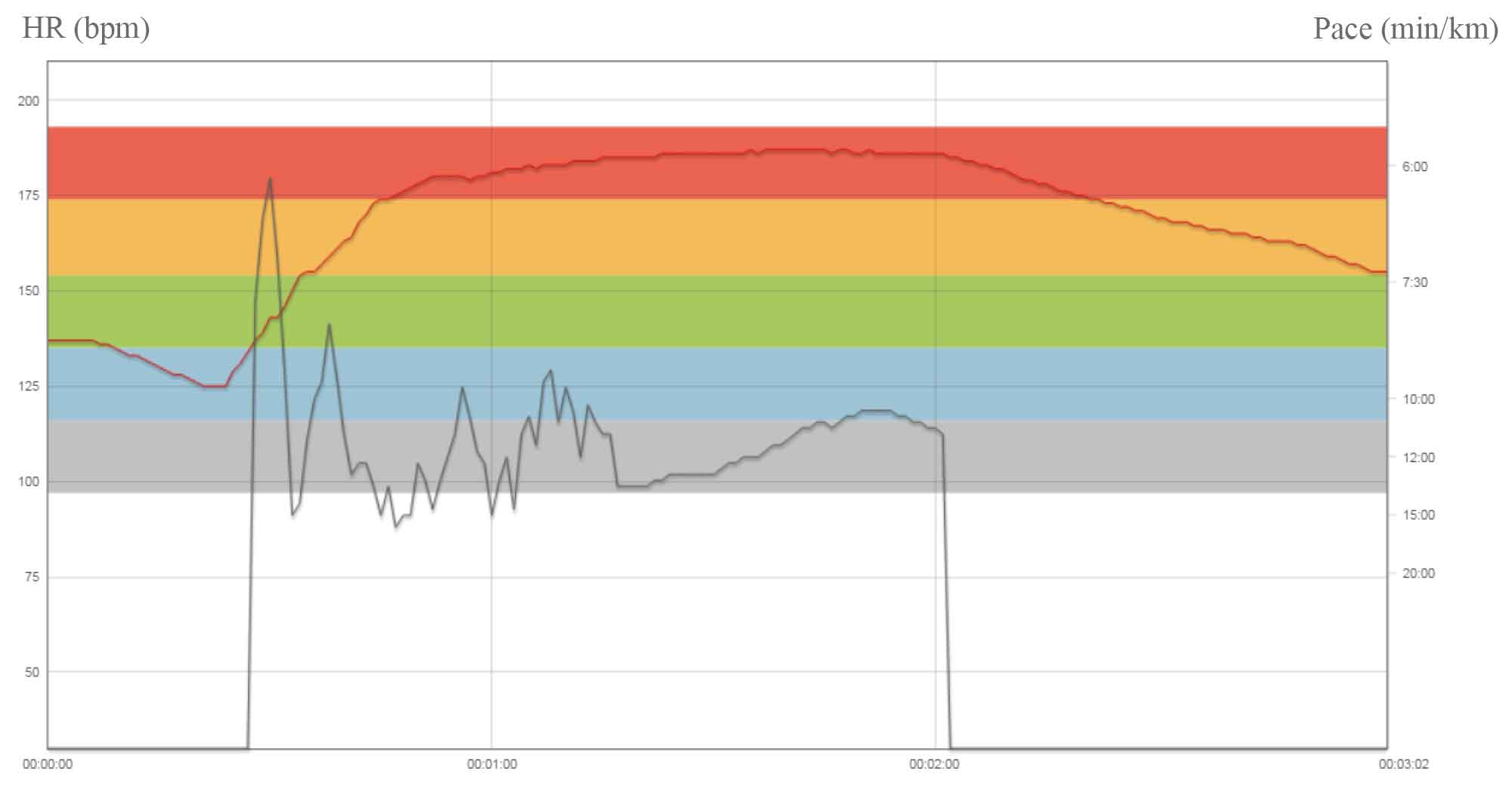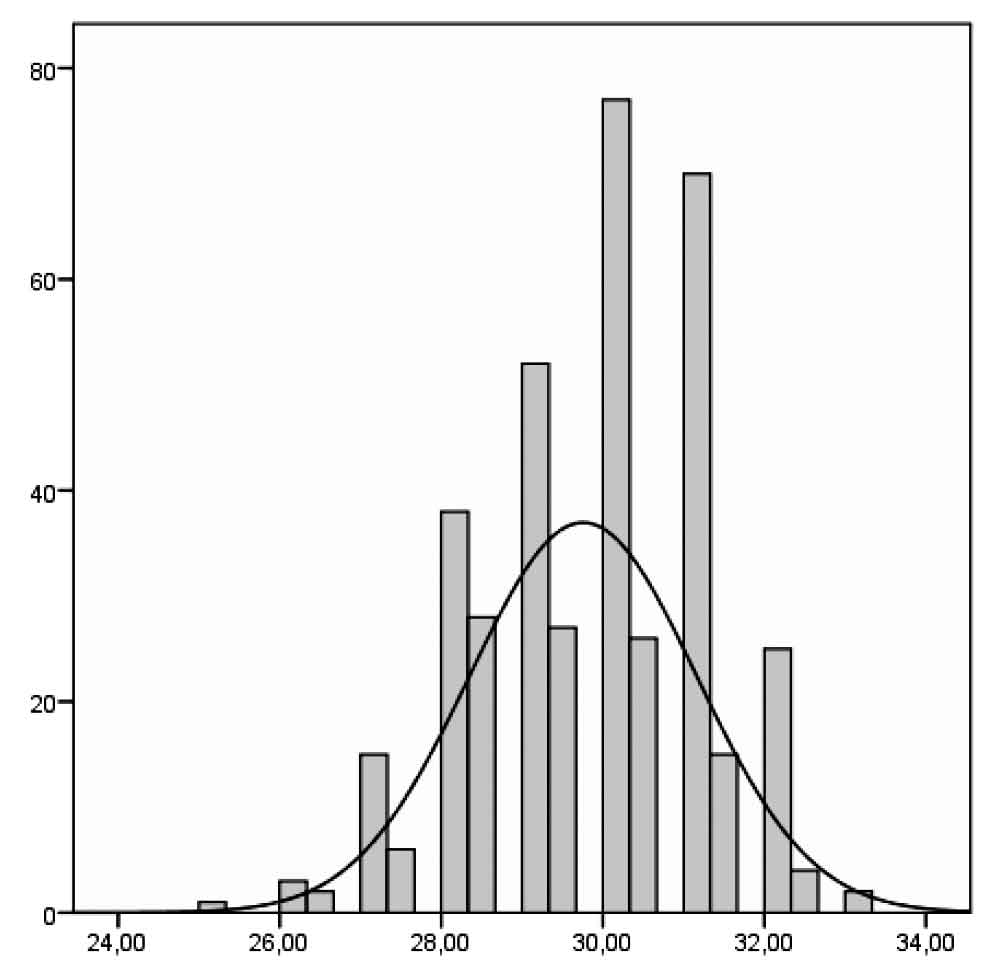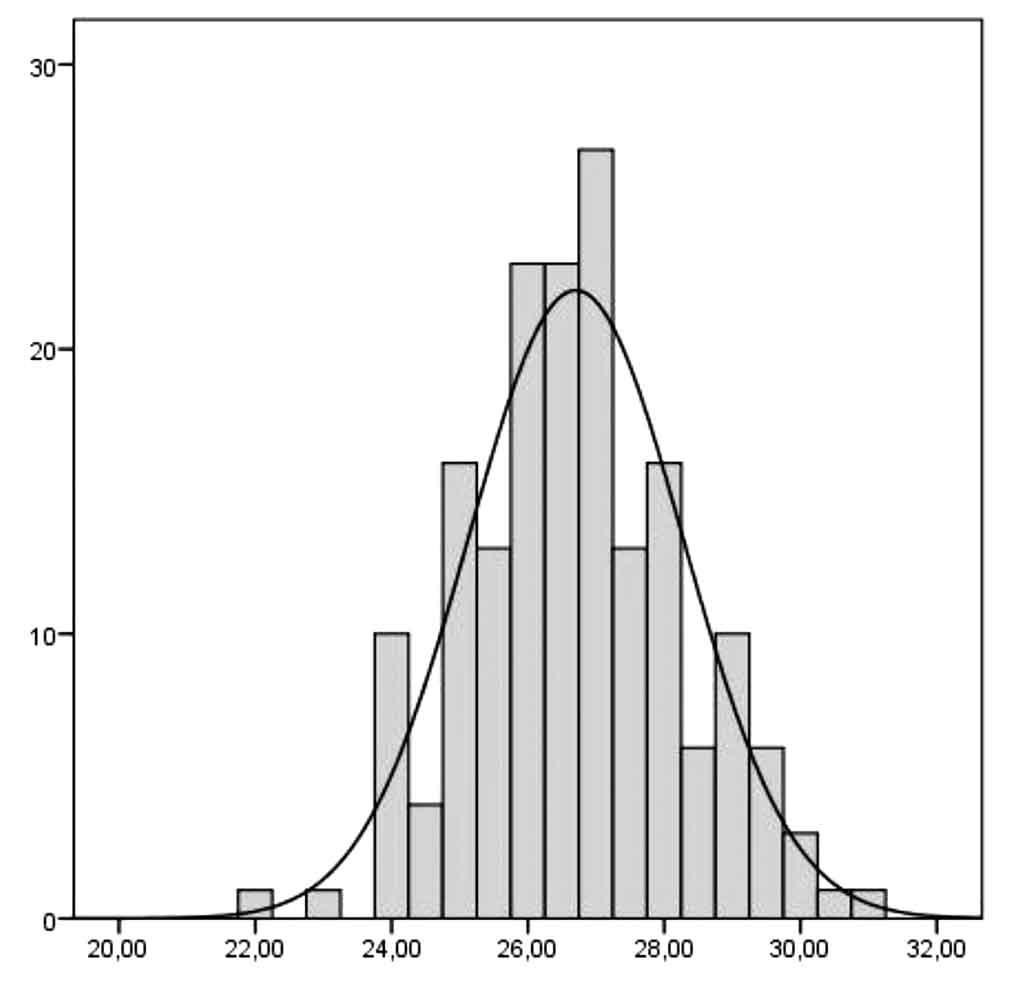Design of anaerobic tests for servicemen
Фотографии:
ˑ:
Professor, Dr.Hab. R.M. Kadyrov
Postgraduate D.A. Solntsev
PhD, Colonel V.V. Lavrinenko
PhD, Lieutenant Colonel S.V. Levin
Military Institute of Physical Culture, St. Petersburg
Keywords: physical fitness, anaerobic capacity, shuttle run.
Introduction. Increasing objectivity of fitness assessment of servicemen, activation of the stimulating function of assessment standards are aimed at creating a system of optimal pedagogical control of the progress in trainees' fitness.
Analysis of the current testing and assessment system of physical fitness of servicemen shows that tests like 400 meter sprint or 4x100 meter shuttle run failed to be included into the system of physical training of servicemen due to the lack of appropriate facilities.
The standard physical training system for servicemen is a crucial element of the fitness progress control process. The quality of planning, supporting and performance of physical training depends on the accuracy and reliability of registration of the results of the fitness improvement process [1].
Research method and organization. We suggested using the “10-meter shuttle run during 90 seconds” test to assess and improve anaerobic capacity of servicemen.
The exercise is performed on a flat ground with marked start and turn lines. The width of the start and turn lines is included into the 10-meter stretch. Upon “Go!” command a participant is to run 10 meters, touch the ground beyond the turn line with any part of the body, turn around and cover the maximum number of 10-meter stretches this way within 90 seconds. It is prohibited to use any natural or artificial objects or high spots projecting above the surface of the track as support when turning [4].
The exercise is universal since it can be done anywhere (in a gym, on a parade ground, at military premises, on rough terrain, etc).
Over 400 military students of various specializations took part in the test validation that was held in the following stages:
– biomedical substantiation of the elaborated test of the anaerobic mechanism of energy supply of muscle activity by registering post-exercise body functional characteristics of servicemen;
– design of a 100-point rating scale for assessment of the performance of the “10 meter shuttle run in 90 seconds” test;
– performance verification of the “10 meter shuttle run in 90 seconds” test.
Research results and discussion. Compliance of the "10 meter shuttle run in 90 seconds” test with the anaerobic mechanism of energy supply of the body was determined by recording the lactate levels in the blood of the students of St. Petersburg Railway Troops Military Transportation Institute. 30 military students from 4 3rd year study groups were involved in the study.
Lactic acid levels in the blood of the servicemen after the “10 meter shuttle run during 90 seconds” test reached 14.6±3.6 mmol/l, which is significantly higher than the values obtained in 4x100 meter shuttle run indices that reached 10.1±1.2 mmol/l. At the same time the range of lactate values is large (from 8.6 to 21.5 mmol/l). According to P. Jansen [3], a fit person is able to work for a long time with his HR being 180 bpm. The exercise of such intensity corresponds to the lactic acid level of 4 mmol/l.
The exercise exceeding the anaerobic threshold leads to a sharp rise in lactic acid in the body. In our case we can conclude that the exercise is performed in the anaerobic glycolytic mode of muscle activity energy supply.
We also studied the pulse values of the same military students during the "10 meter shuttle run in 90 seconds” test (Figure 1).

Figure 1. Pulsogram during the “10 meter shuttle run in 90 seconds” test.
It should be noted that the beginning of the test is characterized by a maximal increase of the running speed, followed by a decrease to lower zones of work intensity. At the same time HR reaches its maximum within 15-20 seconds of exercising and remains at that level until the test is over. Lactate level of this particular subject is 15.9 mmol/l, and the test result is 31.5. Similar results obtained from several subjects reflect the same dynamics of the lactate level, HR and the result.
Placemebt of the obtained results with respect to the normal distribution curve is shown in Figures 2 and 3, which indicate the possibility of calculating the standard rates [2].

Figure 2. Placement of the results with respect to the normal distribution curve

Figure 3. Placement of the results of servicewomen with respect to the normal distribution curve
A 100-point rating scale for assessment of the “10 meter shuttle run in 90 seconds” test was designed after testing over 500 servicemen from the first to the fifth year, 174 of them being female military students. The results were analyzed using Statistics-22 software.
Percentile method depends on the form of distribution and indicates the place of the subject in the tested sample. Furthermore, for the given sample size it allows to establish assessment standards and the 100-point scale for rating the anaerobic capacity of the servicemen [2].
Using the output data of Statistics-22 software the standard percentile values (PR) are calculated manually by the following formula:
For example: PR for X = 10 in the table__ = [44.0x=9]+[0.5)×(19.7x=10)] = 67.0.
Percentile scale of assessment of the experimental exercise results
|
Result |
Result repetition frequency |
Percent |
Accrued percent |
Percentile |
Score |
|
25.00 |
1 |
0.3 |
0.3 |
0.7 |
1 |
|
26.00 |
3 |
0.8 |
1.0 |
1.3 |
2 |
|
26.50 |
2 |
0.5 |
1.5 |
3.3 |
3 |
|
27.00 |
14 |
3.6 |
5.1 |
6.0 |
6 |
|
27.50 |
7 |
1.8 |
6.9 |
11.8 |
12 |
|
28.00 |
38 |
9.7 |
16.6 |
20.2 |
20 |
|
28.50 |
28 |
7.2 |
23.8 |
30.5 |
30 |
|
29.00 |
52 |
13.3 |
37.1 |
40.6 |
40 |
|
29.50 |
27 |
6.9 |
44.0 |
53.9 |
50 |
|
30.00 |
77 |
19.7 |
63.7 |
67.0 |
65 |
|
30.50 |
26 |
6.6 |
70.3 |
79.3 |
75 |
|
31.00 |
70 |
17.9 |
88.2 |
90.1 |
90 |
|
31.50 |
15 |
3.8 |
92.1 |
95.3 |
95 |
|
32.00 |
25 |
6.4 |
98.5 |
99.0 |
97 |
|
32.50 |
4 |
1.0 |
99.5 |
99.8 |
98 |
|
33.00 |
2 |
0.5 |
100.0 |
100.0 |
100 |
Conclusion. The proposed “10 meter shuttle run in 90 seconds” test results are a perfect demonstration of anaerobic capacities of servicemen. The developed 100-point scale enables us to include the test into the physical fitness testing and assessment system applicable to servicemen. We can say for all the subjects (n=391) whose result in the experimental exercise is 30 that the value of their percentile equals 67. This means that the indicator of the subject with the given percentile value is better than that of 67% of the whole sample.
References
- Kadyrov R.M. Teoriya i metodika fizicheskoy kul'tury: ucheb. posobie (Theory and Methodology of Physical Education: study guide) / R.M. Kadyrov. – St. Petersburg: VIFK (MIPhC), 2014. – 212 p.
- Kadyrov R.M. Teoreticheskie osnovy razrabotki normativnykh trebovaniy dlya otsenki fizicheskoy podgotovlennosti voennosluzhashchikh (Theoretical basics for development of regulatory requirements physical fitness rating for servicemen) / R.M. Kadyrov //Aktual'nye problemy fizicheskoy i spetsial'noy podgotovki silovykh struktur. – 2013. – # 3 / Ed. by Dr.Hab., prof. A.A. Gorelov. – St. Petersburg: VIFK (MIPhC), 2013. – P. 11–15.
- Jansen P. ChSS, laktat i trenirovki na vynoslivost' (HR, lactate and endurance workouts) / Trans. from English. – Murmansk: Tuloma, 2006. – 160 p.




 Журнал "THEORY AND PRACTICE
Журнал "THEORY AND PRACTICE